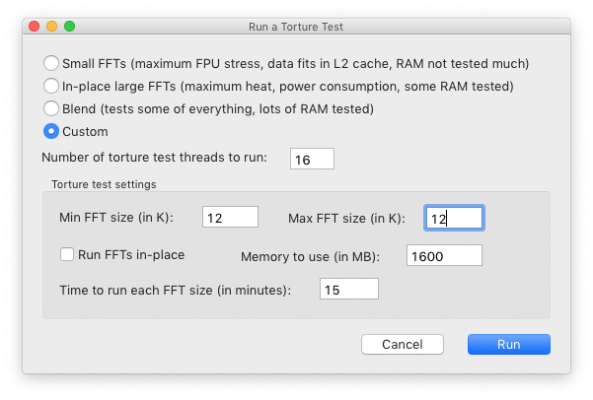Hi all,
I am a video editor and I run Davinci Studio 17 on my Hackintosh to edit. When I playback anything or perform anything complex on the software, the CPU temperature rises to about 70-100C. That is ridiculously hot. My regular web-browsing temperature remains about 30-40C pretty consistently. I even re-seated the CPU and made sure all the fans were working the way they should be and they are. I am not sure what the problem is here. I understand that I am running an i9 at max 5 Ghz, but should it be generating this much heat?
I'm sure this is a separate issue.. but aside from that, even if the machine doesn't get hot, it crashes consistently on a regular basis. When this happens, the monitors usually projects solid colors randomly (all 4 monitors).
Here is my gear:
| Mac OS |
Catalina, 10.15.7 |
| CPU |
3.6 GHz 10-Core Intel Core i9 |
| RAM |
Corsair Vengeance RGB Pro 64GB (3200MHz DDR4) |
| GPU |
Radeon Vega Frontier Edition 16GB |
| Motherboard |
GIGABYTE Z490 |
I am thinking it's possibly a BIOS setting or bad coolant system, but if you have any ideas please let me know! Happy to provide screenshots and data as well. Thank you kindly.

